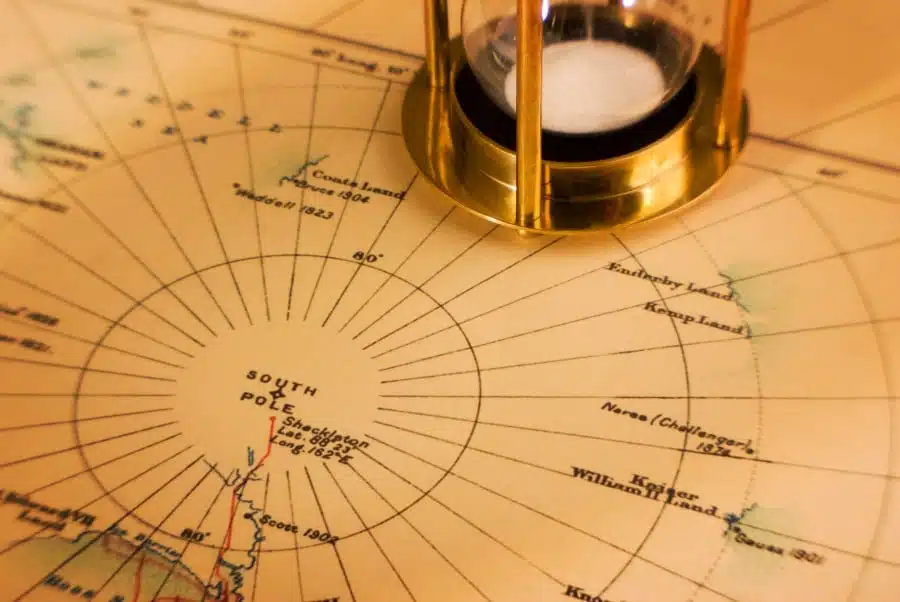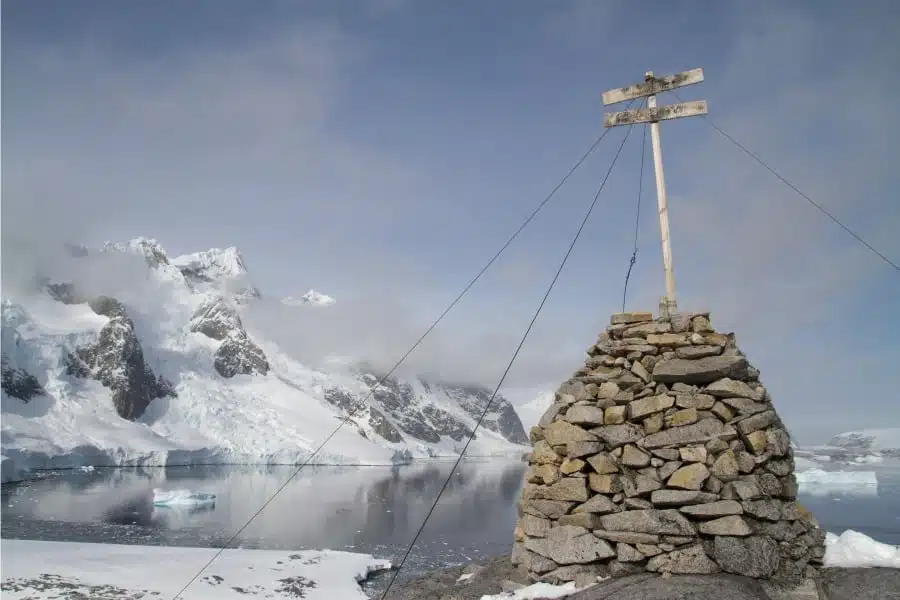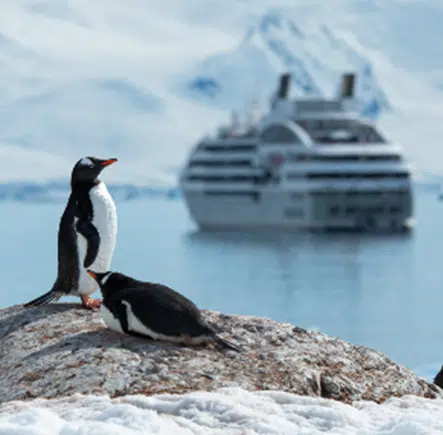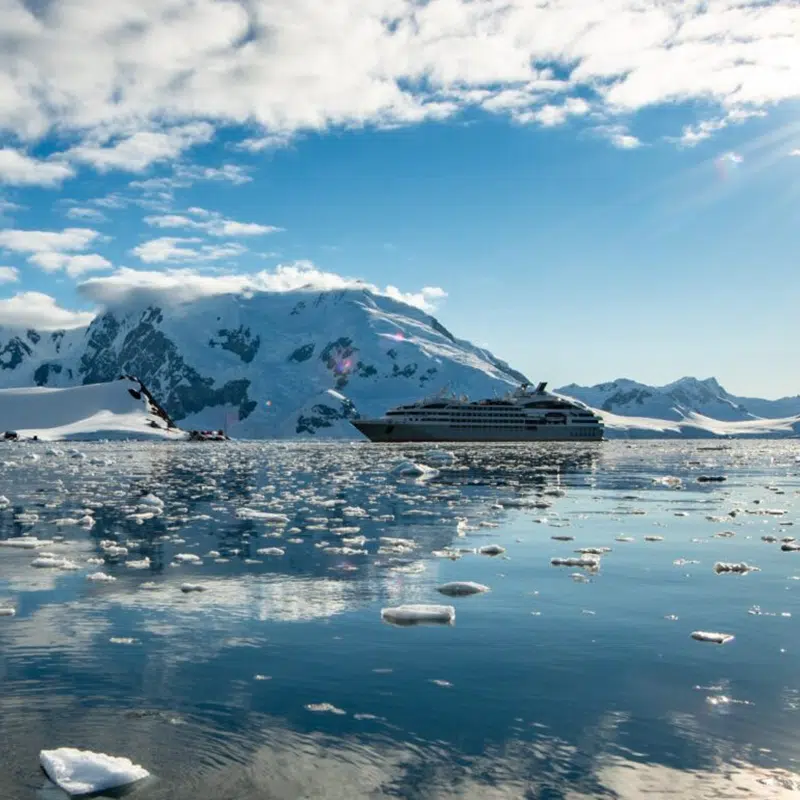A profile of Jean-Baptiste Charcot and Sir Ernest Shackleton
A cruise in Antarctica is an opportunity to look back on the history of the major polar expeditions, so let us travel back over the routes of
The polar adventure: the final challenge of the great explorers
Just imagine: it is the late 19th century. Thomas Edison has just invented the first motion picture camera. Aviation pioneer Clément Ader has gone down in history for his endeavours in the skies above Paris. At sea, the race is on to Terra Incognita – Antarctica – one of the last unexplored territories on Earth. James Cook became the first man to cross the Antarctic Circle in 1773, yet he never approached the coasts of these uncharted but much coveted lands. He thus concluded that Terra Australis was merely a legend.
To establish the truth, the United States and, more markedly, Europe sent their finest explorers out to conquer the White Continent at the turn of the 20th century. Among them were Great Britain’s Sir Ernest Shackleton and Frenchman Jean-Baptiste Charcot, who led legendary expeditions to discover the fabled southernmost continent.

A passion for the sea
Shackleton was nicknamed “The Boss” and Charcot “the Gentleman of the Poles”. The first was a captain in the merchant navy, the latter the son of a famous neurologist, Jean-Martin Charcot. Both were passionate about the sea and they journeyed to Antarctica in 1901 and 1903 respectively.
Shackleton will always been remembered for how he enabled his crew to survive 20 months on the ice during the 1914-1917 Endurance expedition. The Briton had set himself the challenge of crossing the frozen continent from coast to coast, after having lost the race to the geographic South Pole to Norwegian Roald Amundsen.
The Endurance odyssey
Disaster struck on the epic journey when Shackleton lost his ship, which became trapped and crushed in pack ice. He attempted to lead his crew, their supplies and three large life boats, each weighing a ton, across the open water to the tip of the Antarctic peninsula. The aim was to then join a whaling station on South Georgia, where they would find help. Only a few men made the journey, leaving their companions in their ice camp. It would take several weeks with temperatures falling as low as -25°C on the raging sea and across inhospitable land to reach their destination. It was another three months before they were able to return for the rest of the crew.

A scientific adventure
With his scientific expeditions to Antarctica funded in part by the Académie des sciences, the Muséum national d’histoire naturelle and the Institut océanographique in Paris, Jean-Baptiste Charcot helped survey thousands of kilometres of coastline. He collected dozens of crates of meteorological, hydrographic and zoological data, and led studies on tides, salinity and magnetism. He became a hero of the South Pole. He returned regularly to the Antarctic and the Arctic, for both scientific and rescue missions. On the way back from a voyage to Iceland, his faithful three-master Pourquoi Pas IV sank beneath the waves. Charcot’s body was recovered and his funeral was held on 12 October 1936 in Paris, following a national tribute.

Sir Ernest Shackleton died at sea on a voyage to explore the islands of the Southern Ocean. Present-day travellers can pay tribute to him at his grave on South Georgia, the site of his most famous exploit. Both of these figures of the Heroic Age of Antarctic Exploration will be remembered for their bravery and their ability to lead men through extraordinary circumstances.

Follow in the footsteps of the great explorers
Embark for a fascinating Antarctic expedition cruise with PONANT.



